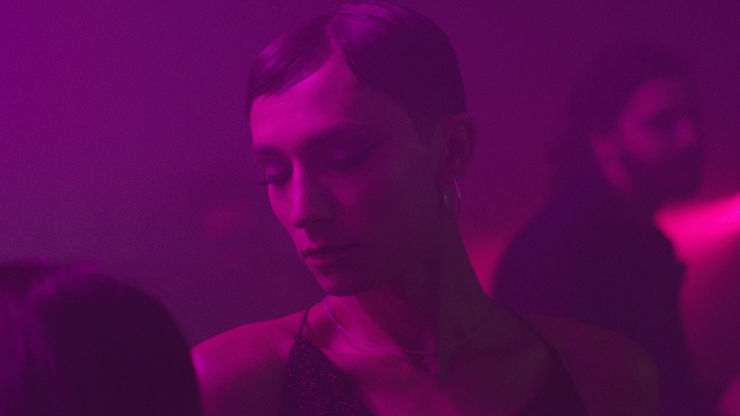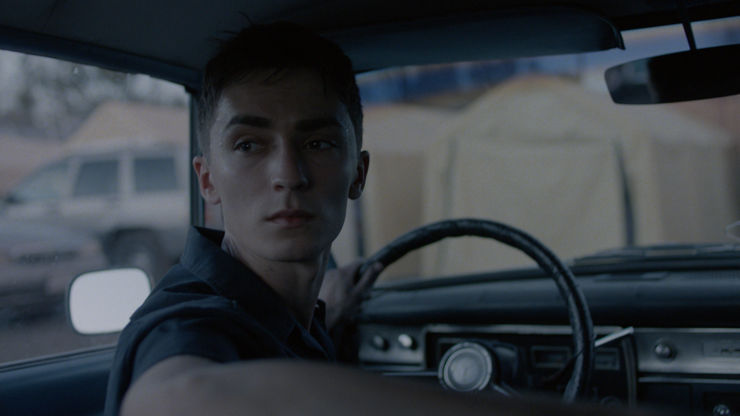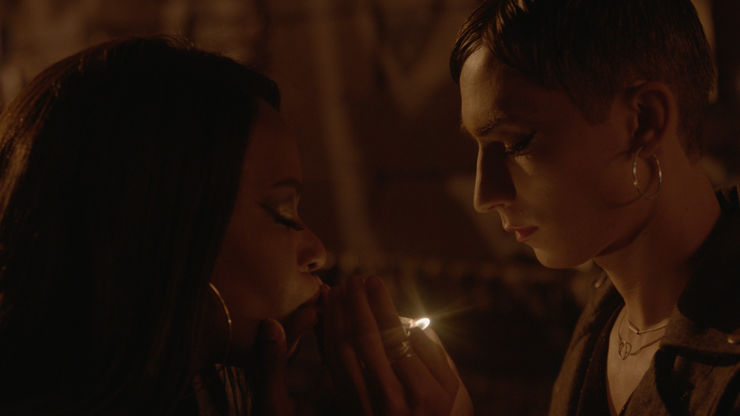Asher Jelinsky on their award-winning film & the portrayal of trans & nonbinary characters
Miller & Son, Asher Jelinsky's film about Ryan, a transgender mechanic, was a Gold winner at this year's YDA. Here, Jelinsky discusses the making of the film and their thoughts on the representation of transgender and nonbinary people on screen.
Can you tell us a little about your background and your route into directing?
I was interested in everything growing up and explored several fields before pursuing directing as a career. In undergrad, I studied both Media Studies and Public Health and also worked as an Emergency Medical Technician for a short period of time.
As a gender nonbinary person, I also compartmentalise as a coping mechanism and am often confronted with the choice of whether to speak up or stay silent.
In a way, the experience on an ambulance was good training for the problem solving of being on set. However, I realised early on that I still had a desire to tell stories, and I didn’t want to live my life cut off from my emotions in order to cope with the daily traumas inherent in the job. I decided to pursue filmmaking full-time and got a job as a producer at a creative ad agency in San Francisco. After working in corporate media for several years, I enrolled in the AFI Conservatory and recently graduated from the directing program.
Credits
powered by
-
- Production Company American Film Services
-
-
-
Unlock full credits and more with a Source + shots membership.
Credits
powered by
- Production Company American Film Services
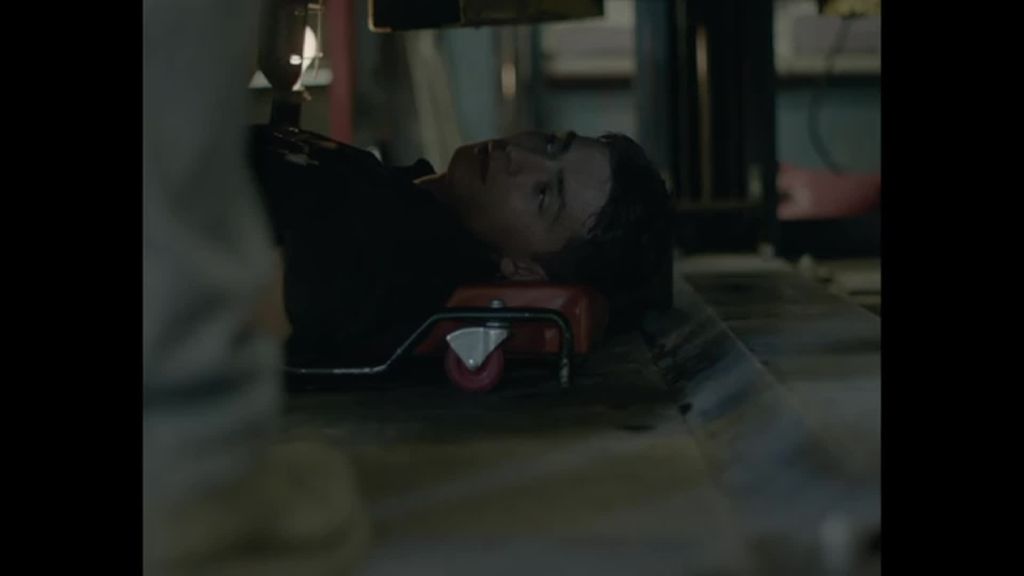
Credits
powered by
- Production Company American Film Services
Above: A short clip from Miller & Son. The film is still on the festival circuit so can't yet be shown in full.
Why did you want to become a director?
Filmmaking is unique in that it combines many forms of audiovisual storytelling. I am excited by the possibilities of the medium, and I gravitate towards directing because it is infinitely engaging and challenging. I enjoy the collaborative nature of directing as well as the constant dance between logical problem solving and staying emotionally and creatively present. For me, pursuing directing comes from an innate desire to tell stories and communicate ideas that couldn’t be expressed otherwise.
I wanted to explore [the] feeling of compartmentalisation, and the compromises that people are confronted with on the path toward authenticity.
Where did the idea and inspiration for Miller & Son come from?
I am genderqueer, so I have a personal interest in seeing authentic portrayals of transgender and gender nonconforming characters on screen. Whether or not you identify as transgender, everyone can relate to the experience of wanting to belong and has their own stories about masking feelings in order to fit in, move ahead, or protect themselves.
Ryan [the main character in Miller & Son] loves working at her family’s auto shop but knows that her femininity is not accepted in that space, so she compartmentalises her transfeminine identity from her work as a mechanic. As a gender nonbinary person, I also compartmentalise as a coping mechanism and am often confronted with the choice of whether to speak up or stay silent. I wanted to explore this feeling of compartmentalisation, and the compromises that people are confronted with on the path toward authenticity.
Above: Jesse James Keitel takes the role of Ryan in Miller & Son.
The casting in the film is great, especially the role of Ryan; can you tell us a bit about how you found the actors?
It was really important for me to cast someone who is transgender or gender nonbinary, so we reached out to community centres, transgender talent agencies, and online casting databases. Ultimately, we found our lead, Jesse James Keitel, through a self-tape.
Jesse is based in New York, but we decided to fly them to LA for the film because it was clear that they identified with the character’s experience and were perfect for the role. Jesse has a really unique ability to live in silences and truly be present in the moment, which was crucial for the story.
Do you think that opportunities for transgender and nonbinary people working within the filmmaking industries - whether in front of or behind the camera - are improving?
I have seen more opportunities and representation of trans and nonbinary people in media than there has been in the past, particularly over the last few years, and I'm excited by creators who are starting to get recognition for their work. However, I want to see more stories with complex trans and nonbinary characters that defy stereotypes and focus on trans lives outside of transition or coming out.
I think it's important to see trans and nonbinary characters who live dimensional lives and whose story arc isn't entirely about gender identity.
With Miller & Son, I chose to centre the story around the journey of a transwoman mechanic whose skillset in mechanics is just as much a part of her identity as her transfeminine identity. I think it's important to see trans and nonbinary characters who live dimensional lives and whose story arc isn't entirely about gender identity. One of the ways to move in this direction is to tell stories through a trans and/or nonbinary POV rather than othering or tokenizing the experience of these characters.
Studios, networks, agencies, and fellow filmmakers can help to improve opportunities and representation by putting resources and support toward fostering trans and nonbinary voices both behind and in front of the camera.
I think it is important that conditions on set are inclusive, and that queer and trans creators are given resources and opportunities to have creative direction and involvement behind the scenes.
How much of a positive role does advertising have to play in portraying those same communities?
I think it really depends on the specific advertising campaign. I notice a lot of companies creating pride branded products for pride month with rainbow packaging. Some of these companies don't necessarily have LGBTQ representation throughout the rest of the year, so it feels like a profit motive to capitalise off of the community.
When companies create campaigns that are marketed toward the queer community, I also think it is important that conditions on set are inclusive, and that queer and trans creators are given resources and opportunities to have creative direction and involvement behind the scenes.
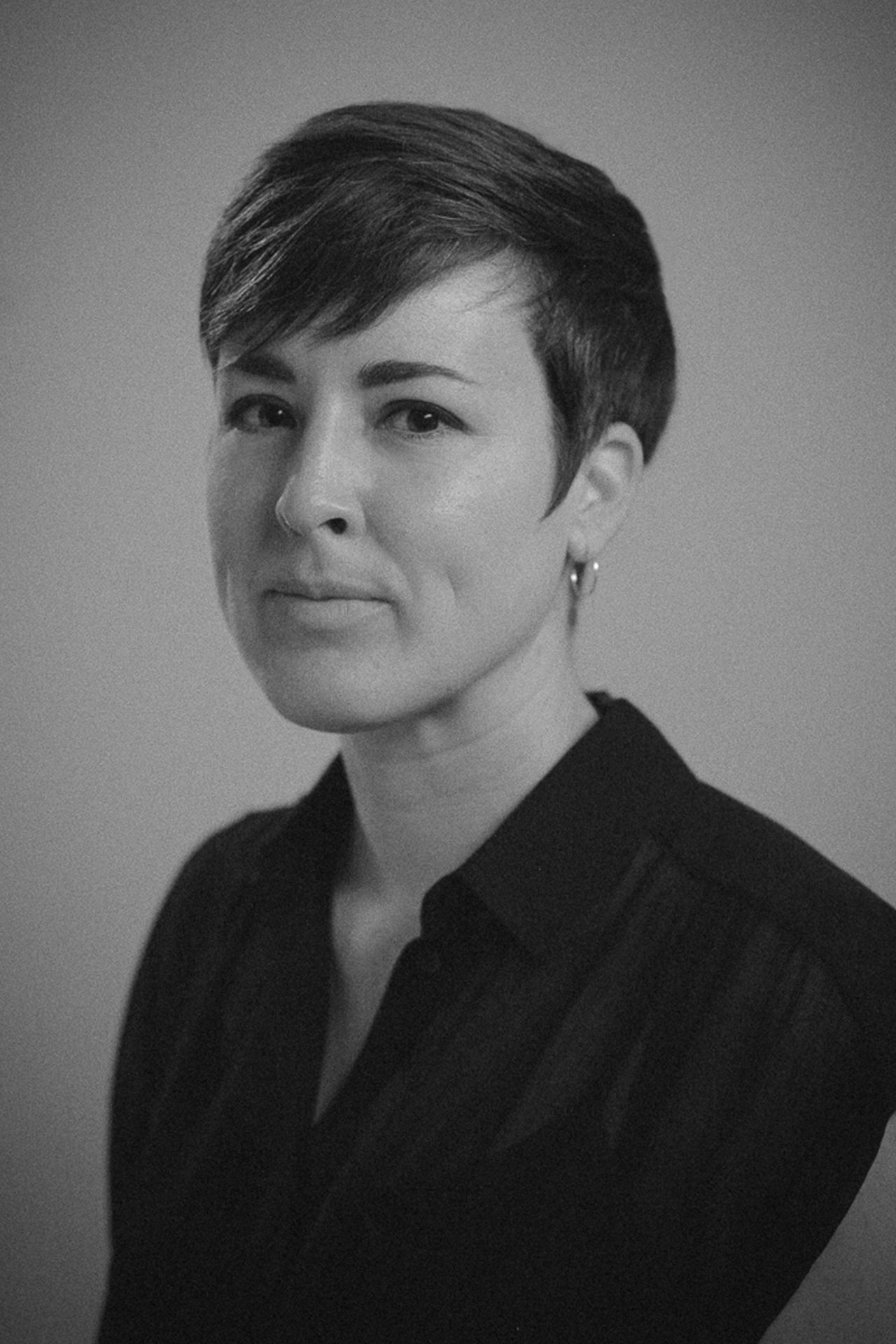
Above: Asher Jelinsky.
Where did you shoot the film and how long did it take?
We were restricted to filming within the 30-mile zone in Los Angeles [the zone which determines rates and work rules for union workers], and we filmed for a total of four-and-half days. Initially we struggled to find a rural-looking auto shop in Los Angeles, but luckily we stumbled upon an amazing auto shop in Santa Clarita that is actually owned by a transwoman. In addition to being an incredible location owner, she also worked as our mechanic consultant on set.
It is an honour to win a Young Director Award.
Did the actors - again, especially Ryan - already know their way around cars because the setting and the action within it seemed very natural?
The actors did not know their way around cars. To prepare, I researched mechanics, visited family-owned auto shop in rural America, and watched far too many YouTube videos on oil changes. I held rehearsal with the actors on location to make sure they felt comfortable moving throughout the auto shop and using the various tools. I blocked the scenes that had more involved mechanics during rehearsals to make sure the physical movements felt as natural as possible before we were actually shooting.
What were the biggest challenges you faced in pulling this project together?
Finding an auto shop with a small-town feel in Los Angeles was definitely one of our biggest challenges but, as I mentioned, we stumbled upon the perfect location after searching all over the city. It seemed like fate finding an auto shop owned by a transwoman. She became such an important collaborator and really helped us create authenticity around the specificity of car tools and mechanics’ lingo.
There is so much possibility in the ad world, especially with the variety of devices and platforms available to consumers right now.
What does it mean to win at the Young Director Award?
It is an honour to win a Young Director Award. I am grateful to be selected among the applicants, and the recognition provides a beneficial spotlight on the film and my career.
What other awards/commendations has the film picked up and what are your hopes for if from here?
Miller & Son just won a BAFTA award for Best Live Action Student Film. We also won both the jury and audience awards for Best Narrative Short at the Ashland Independent Film Festival, and we were nominated for the Grand Prix at Clermont-Ferrand. In terms of hope for the future, we look forward to continuing to screen at festivals and sharing the film with a wider audience online once we finish the festival run.
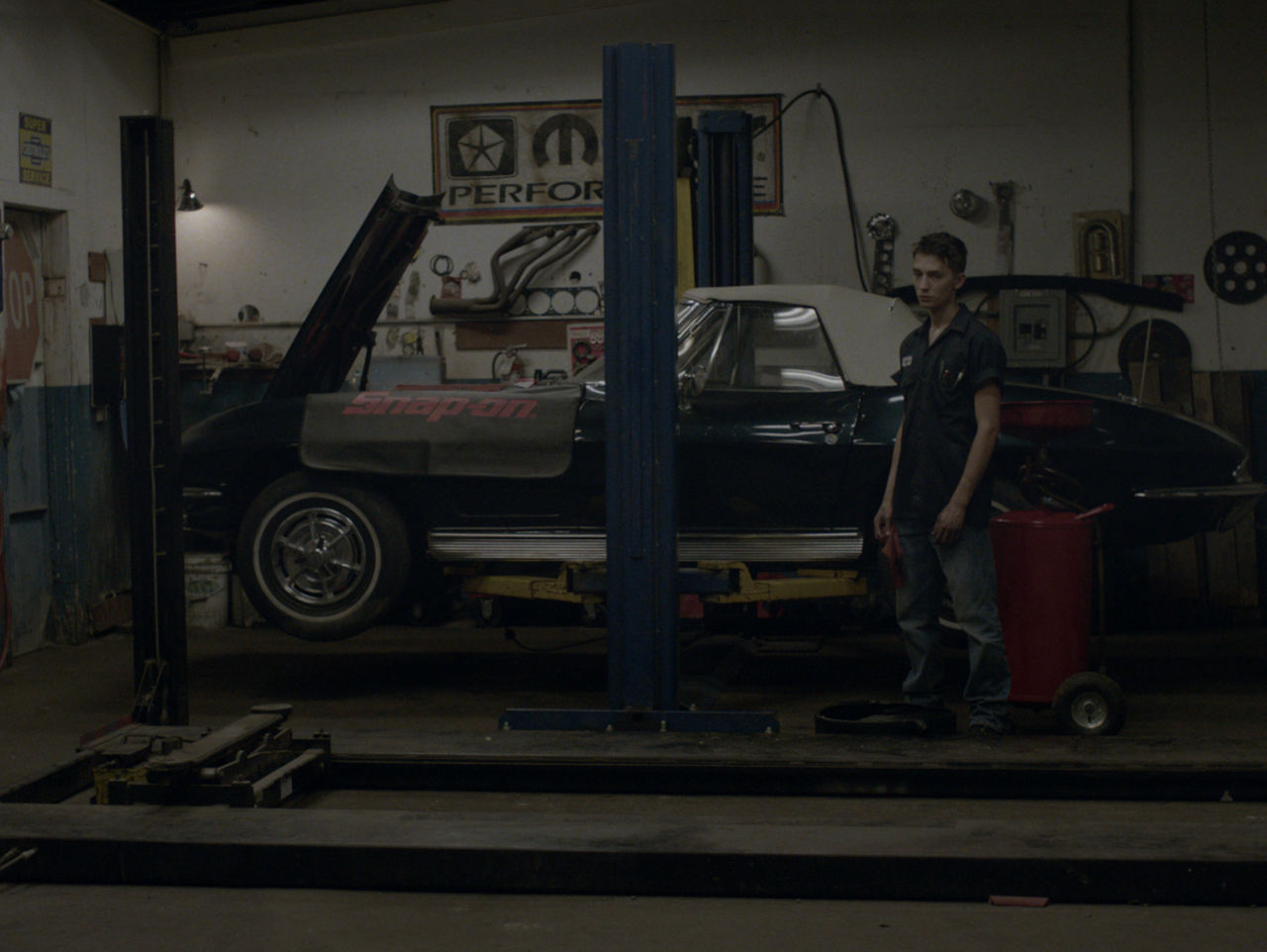
You've already worked in the advertising industry for brands like Google and Oracle; what most excites you about working in the ad world at the moment?
There is so much possibility in the ad world, especially with the variety of devices and platforms available to consumers right now. I am interested in creative approaches to campaigns that take advantage of each platform while still maintaining a cohesive message. I am also excited by the push for more diversity of underrepresented creators both behind and in front of the camera.
What can we expect to see from you in the future?
I am in production on another short film, and I am developing my first feature, as well as a TV pilot.
)







